| Sporty/performance car; Built in Japan |
|
|
| Good condition price range: $1,000 – $1,700* |
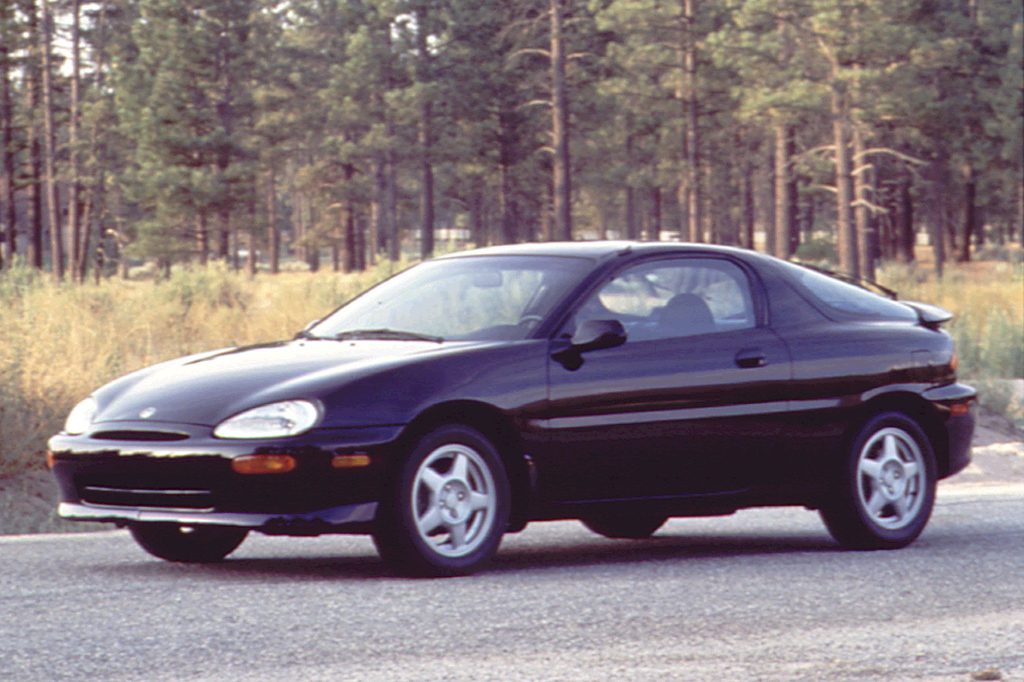
1994 Mazda MX-3
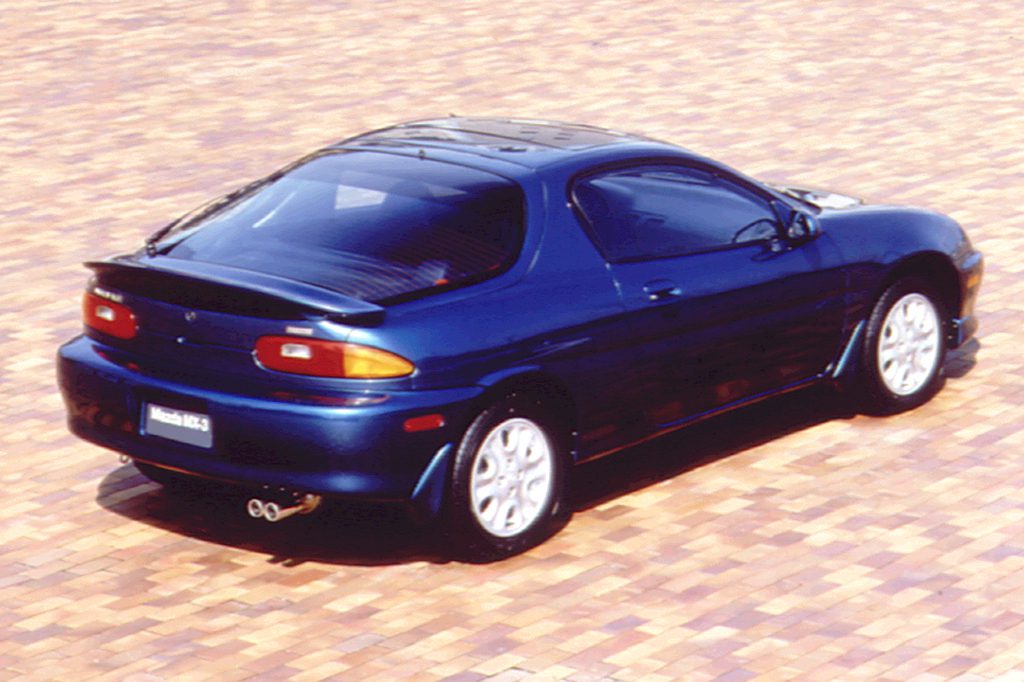
1992 Mazda MX-3 GS
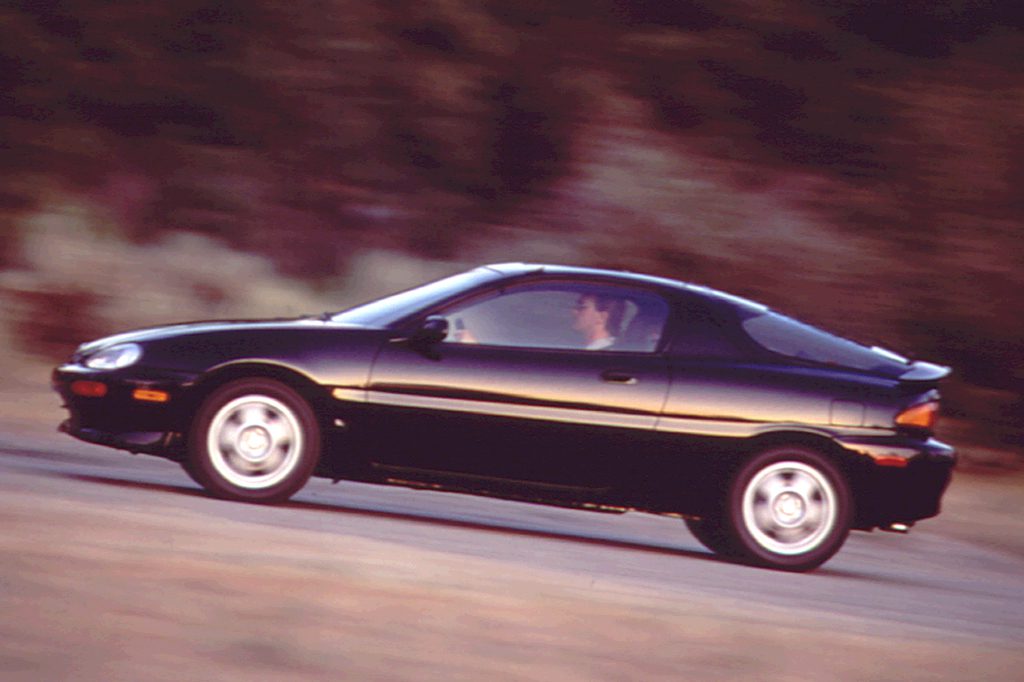
1995 Mazda MX-3
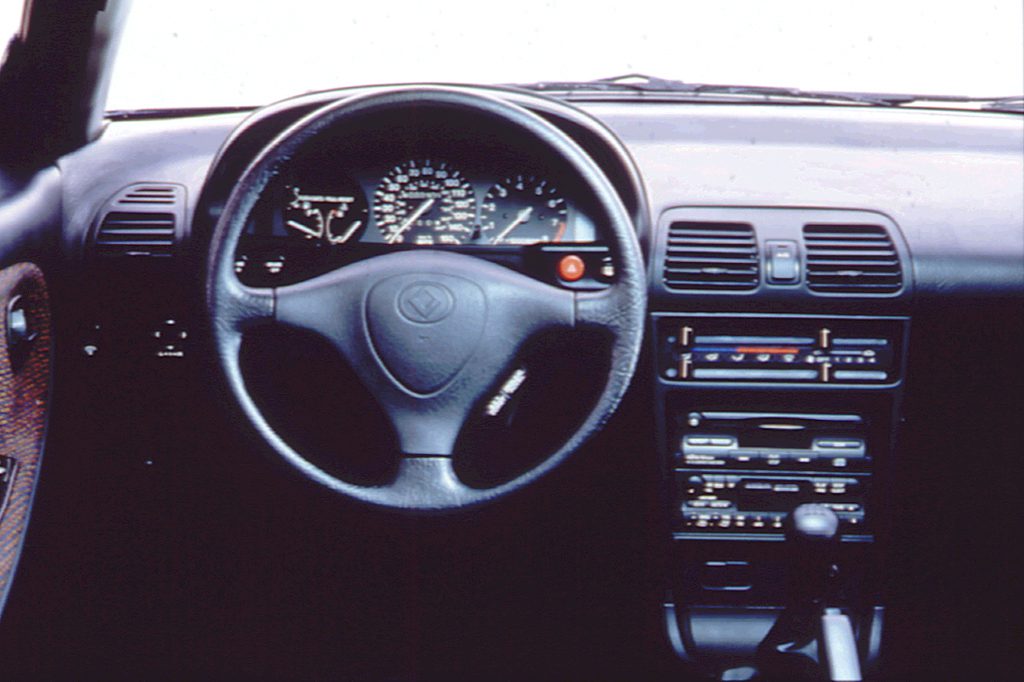
1992 Mazda MX-3 interior
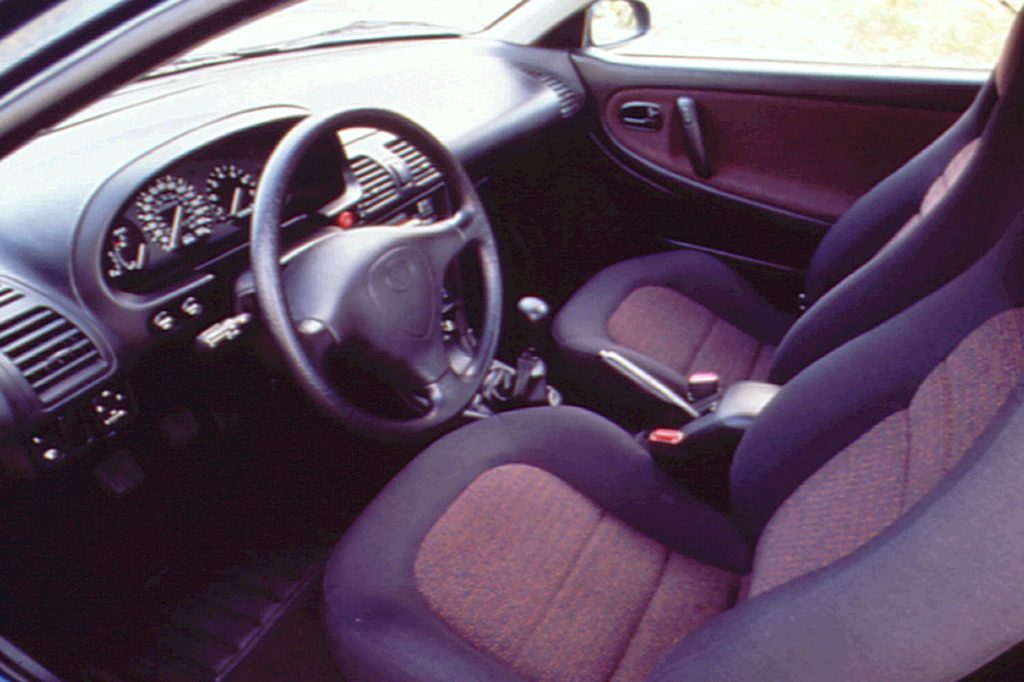
1992 Mazda MX-3 interior
| Pros: |
|
| Cons: |
|
A slow seller in the highly competitive sport-coupe market, the MX-3 measures up against sport-coupe rivals, but does not quite manage to stand above the crowd.
Overview
Mazda’s front-drive sport coupe was the first in its class with an available V6 engine. The base model used an 88-horsepower 1.6-liter 4-cylinder engine. An upmarket GS came with the industry’s smallest V6, a 1.8-liter 24-valve twin-cam packing 130 horsepower. Both engines drove a standard 5-speed manual gearbox or optional 4-speed automatic. Antilock braking was optional only on the 5-speed GS, which halted with all-disc brakes. Base coupes used a vented front-disc/rear-drum setup. The GS also had performance tires on bigger alloy wheels.
Yearly Updates
| 1993 MX-3 No significant changes were made for 1993. |
| 1994 MX-3 For 1994, the MX-3 had dual airbags, abandoning the old motorized shoulder-belt arrangement. Base-model engines switched to a dual-overhead-cam configuration and gained 17 horsepower, now rated at 105 rather than 88. Antilock braking could now be installed on base models, with either transmission. |
| 1995 MX-3 For its final outing, Mazda’s slow-selling little sport coupe lost its performance version, leaving only the base model with its 1.6-liter engine. |
